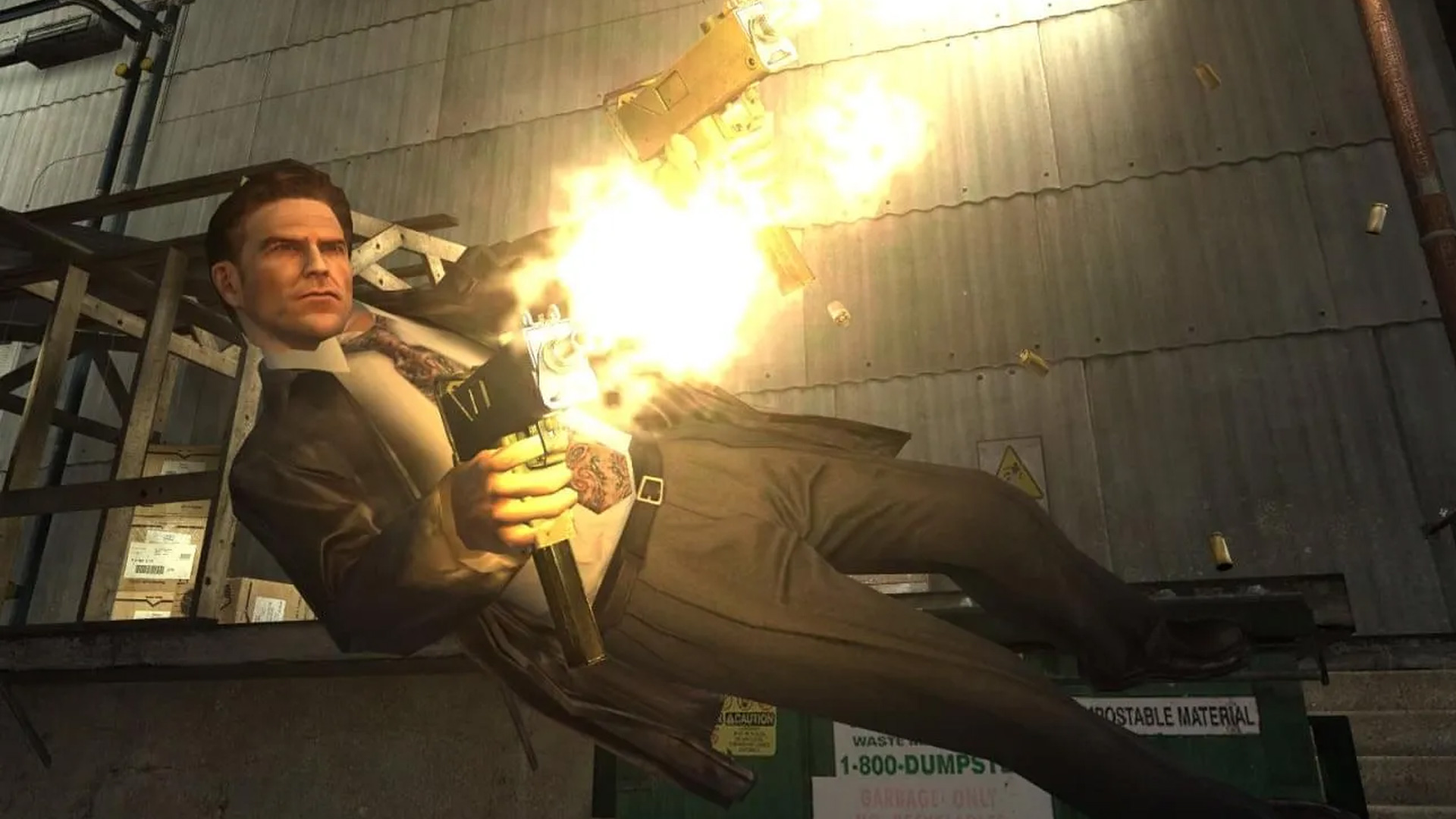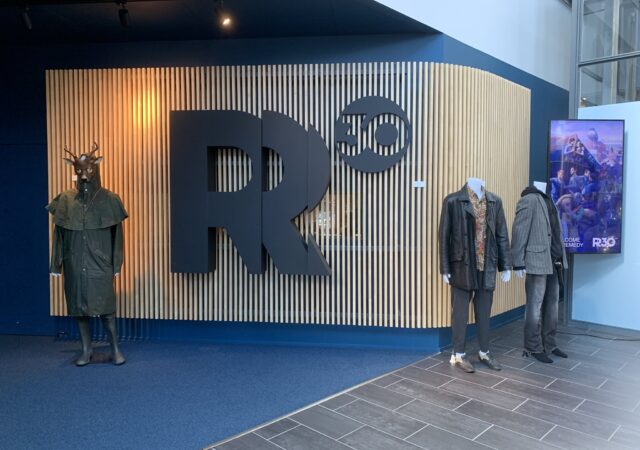Thirty years of Remedy. That’s three decades of bold experiments, groundbreaking stories, and unforgettable characters that have shaped the way we think about narrative in games. From their beginnings in the Finnish demoscene to the global acclaim of Alan Wake 2, Remedy has never stopped pushing boundaries.
For PayneReactor, there’s something poetic about this milestone. Our website exists because of Max Payne – the game that not only put Remedy on the map but also sparked a community of fans who wanted to celebrate everything it stood for.
To honor Remedy’s 30th anniversary, we were given the chance to look back with them, not just at the milestones, but at the lessons that still guide their work today. I asked them about the creative risks that defined Max Payne, how those choices influenced later titles like Alan Wake and Control, and what principles from those early days continue to shape their design philosophy. The answers you’ll read here are a collective effort from Remedy’s Mikael Kasurinen (Game Director of Control 2), Markus Mäki (Founding member and Chairman of the Board of Directors), and Vida Starčević (Senior Community Manager).
Their answers don’t just honor the past; they reveal the restless spirit that keeps Remedy evolving, experimenting, and inspiring us thirty years on. And, of course, the story isn’t over, because Remedy is still chasing new ways to surprise us. The recent FBC: Firebreak is certainly a testement to that.
Let’s dive into the questions.
Looking back at the original Max Payne games, what creative risks did Remedy take at the time that you feel defined the series – and would you take those same risks today?
“Most of us in the Max Payne development team back in the day were in our twenties and coming from the creative and productive Finnish demoscene. We were young, driven and optimistic as a result. We wouldn’t dare to say we even talked about something like creative risks. Max Payne the video game did not emerge fully formed when we first started working on it and then remain unchanged when it hit store shelves in 2001. Max Payne evolved over the years before it became the game everyone is now familiar with. Developing it and arriving at the final version was a process, which we underwent together with 3DRealms.”
“How can we be innovators, and not followers of trends? That’s something we always keep at the forefront of our minds.”
Over the decades, Remedy has expanded its storytelling techniques. How did working on Max Payne shape your narrative approach for later titles like Alan Wake and Control?
“Perhaps this is an obvious answer, but the graphic novels we used instead of in-engine cinematics for Max Payne played a massive part in that. The team that worked on Max Payne at Remedy was small, so using graphic novels instead of cinematics benefited us in two ways. Firstly, there’s only so much a small team can feasibly pull off. We had to consider production realities. Secondly, the graphic novels in Max Payne enabled us to tell a deeper story, as we could bring in more characters, more expressions, and really inject the noir storytelling into the game.
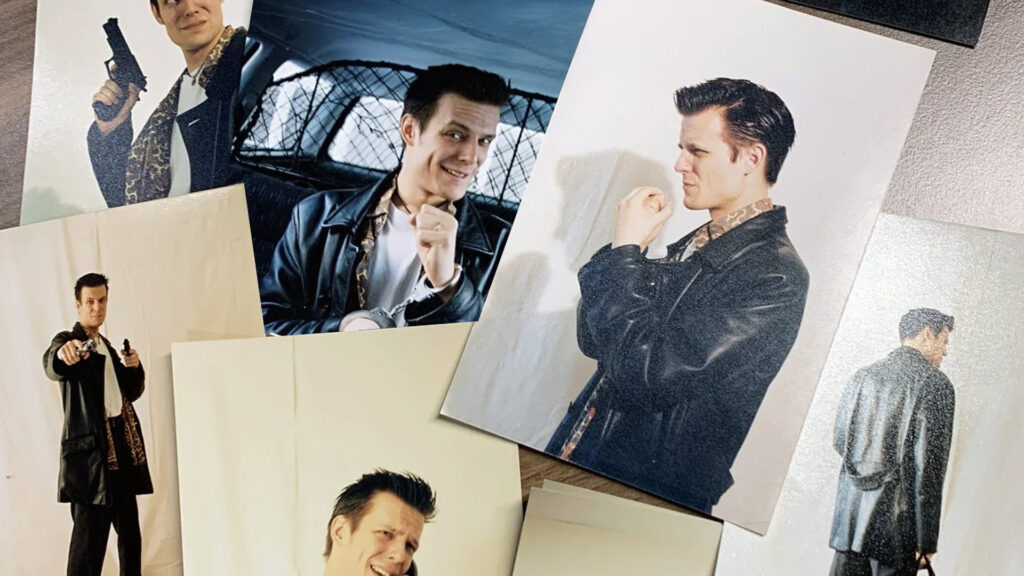
This evolved nicely into how we utilize live action in Alan Wake 1 and 2 and Control. It’s still different mediums mixing (computer graphics and live action), it fits into our production schedule (it’s faster and less expensive to film an actor than it is to create the universe from nothing), and it enables us to experiment with new storytelling techniques.
And finally, something we still retain since the Max Payne days is having the main playable character narrate the game. We use it more in some games (Alan Wake) and less in others, but it’s always there.”
The gaming industry has changed dramatically since the early 2000s. What lessons from developing Max Payne still influence your design philosophy in the modern era?
“A small and agile team at Remedy made Max Payne. Being a nimble company is something that’s been a strength of ours – we need to stay a nimble company. This requires a lot of creative thinking from everyone, and participation from everyone.
Max Payne was a game that was ahead of the curve back in the day, and that’s something we’ve been trying to keep when it comes to our design philosophy and how we make games. How can we be innovators, and not followers of trends? That’s something we always keep at the forefront of our minds. We strive to make games that stand at the crossroads of having a wide audience, and that also fulfil the passion of us doing things that we are invested in at the same time. Creative experimentation is a big part of that as well – taking expected genres and playing with them in a creative way.”
“We strive to make games that stand at the crossroads of having a wide audience, and that also fulfil the passion of us doing things that we are invested in at the same time.”
“Games are nowadays so complicated that they are often broken down into repeatable components. While it helps in managing costs, it can erode the rough corners that bring personality to the experience.
Max Payne made big swings and took chances, squeezing all it could from the drama of the story. Narratively driven games at the time tended to be straightforward: a separated flow of cinematics and gameplay, but in Max Payne you got to play parts that were connected to Max’s internal world.
Some moments pushed the envelope on what storytelling could be, like the nightmares about his family’s fate. It evoked feelings of distress and even some frustration in the player, but we wanted to push those buttons. We wanted to make the player feel like they were a part of the story, not just an observer.”
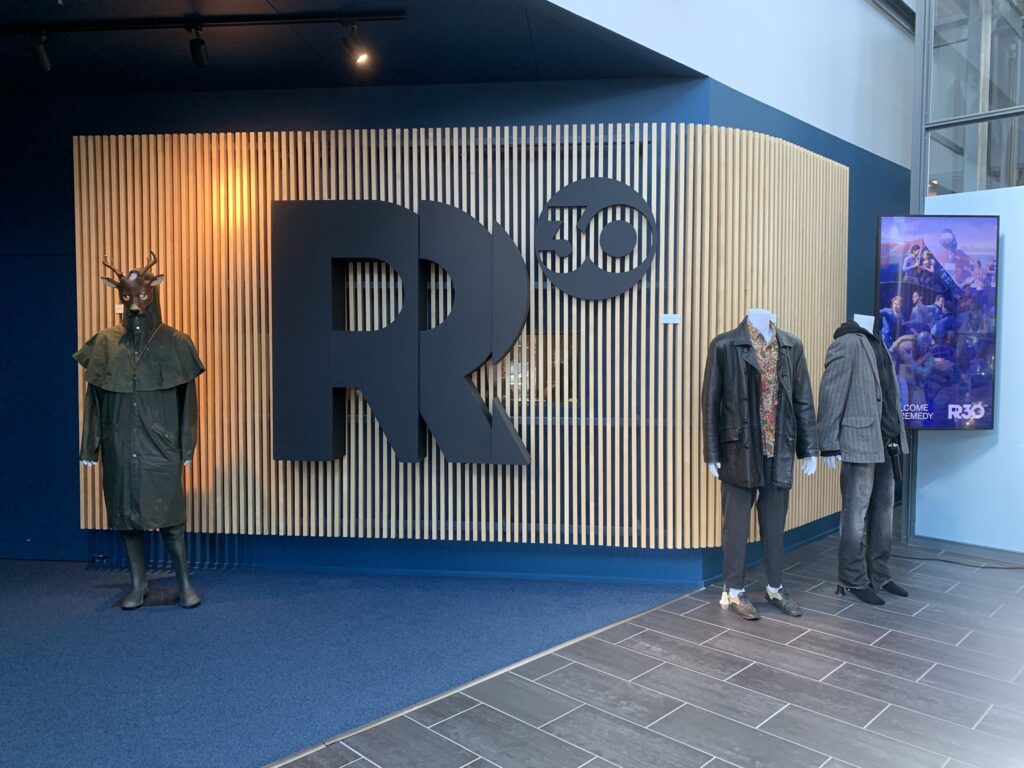
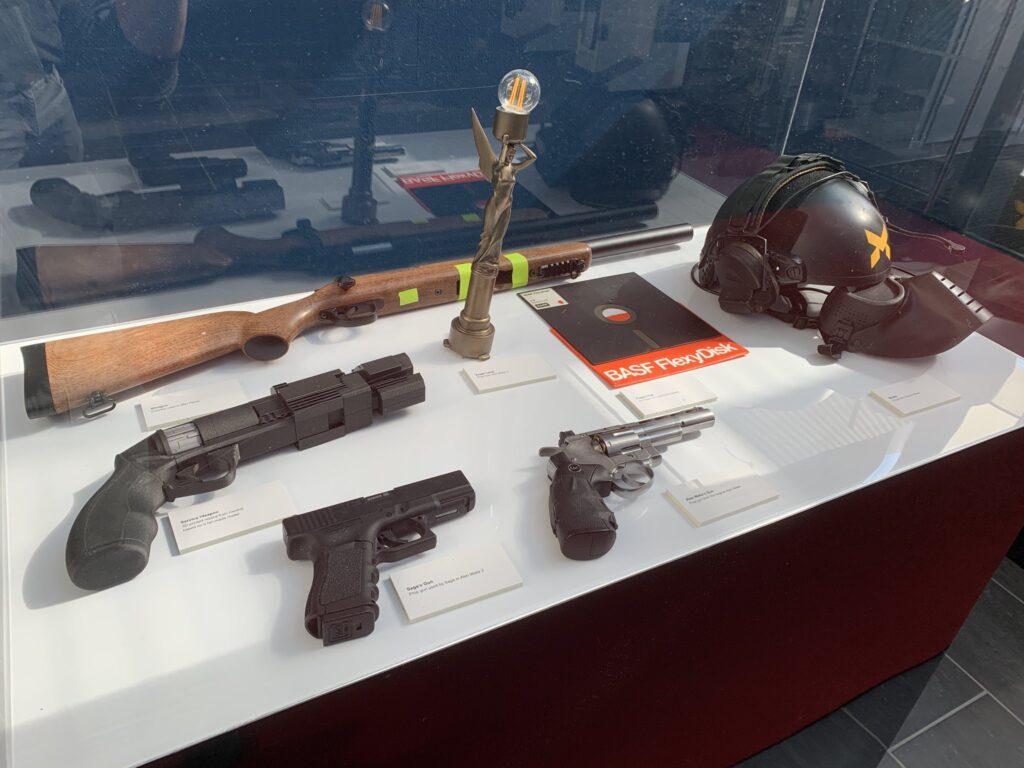
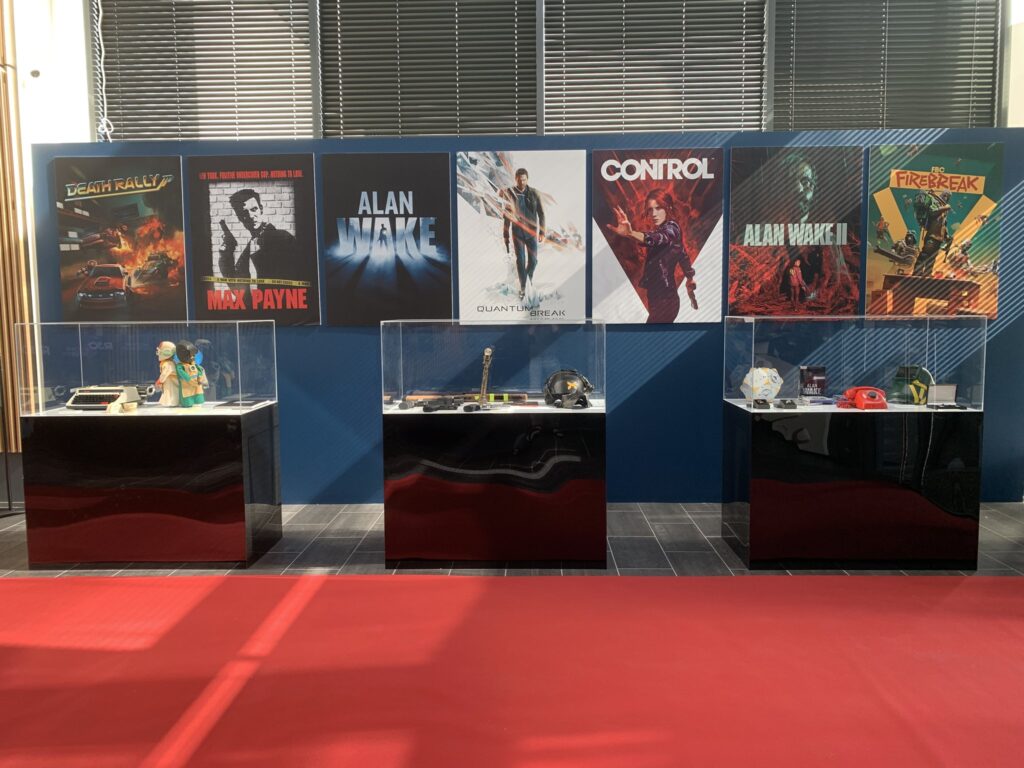
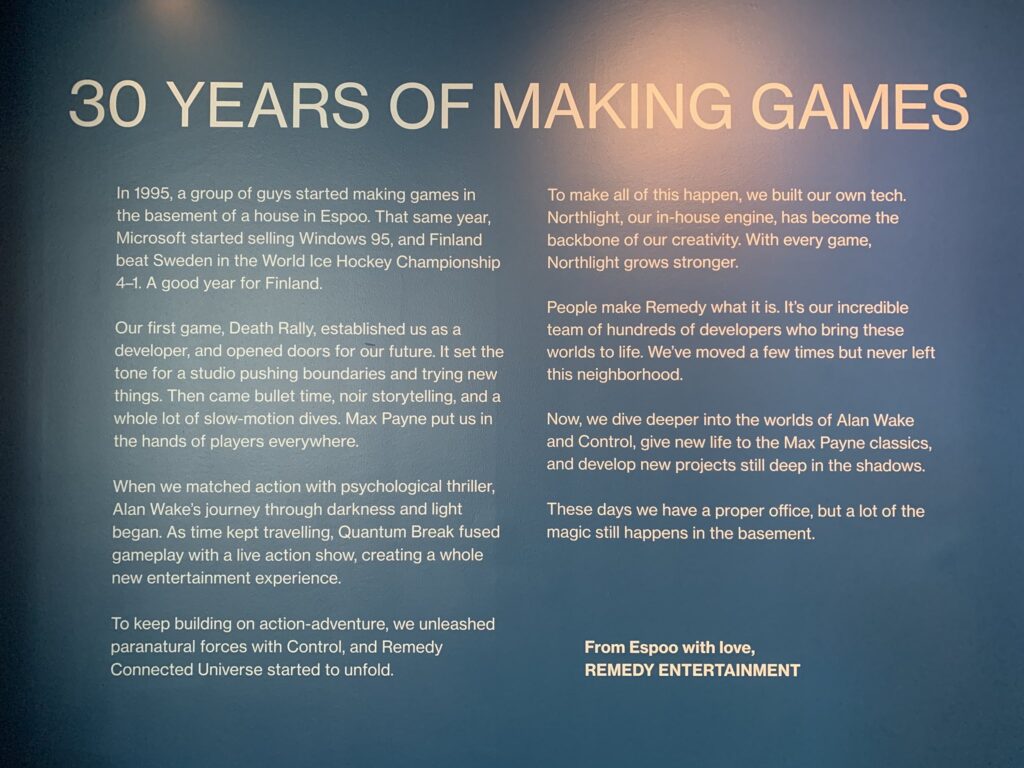
From a studio culture perspective, how has Remedy transformed since the Max Payne days, and what were the most important internal changes that helped you grow creatively and technically?
“For a start, specialisation has grown a lot. Nowadays there are more developers who are highly specialised in certain fields, while back in the Max Payne days there were more generalists. Games are much bigger in scope and complexity, and as a result team sizes have grown to meet the demands of that scope and complexity.
There is a sense of maturity in the gaming industry, and not just because the people who started out in the industry when they were in their twenties (back in the late nineties) are now closer to fifty. More and more, games are seen as an art form, and serve as inspiration for other creative works.”
—
As Remedy marks three decades of creativity, one thing is clear: their passion for storytelling and experimentation hasn’t dimmed, it’s only grown sharper with time. From Max Payne to Alan Wake and Control, they’ve proven that games can be more than entertainment; they can be art, memory, and emotion.
For us, it’s been an honor to celebrate their journey, especially since our own story began with theirs. Here’s to thirty years of breaking boundaries, and to whatever bold risks the next chapter will bring. We’ll be there!

